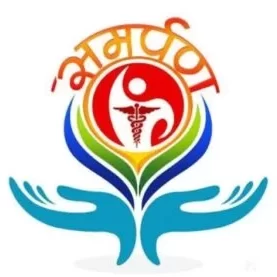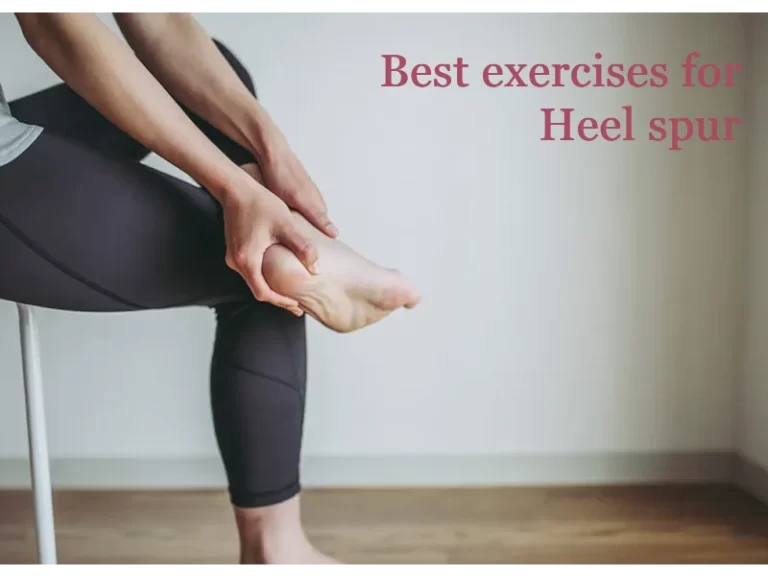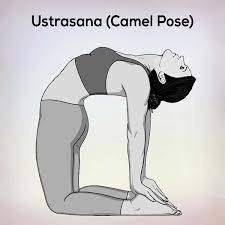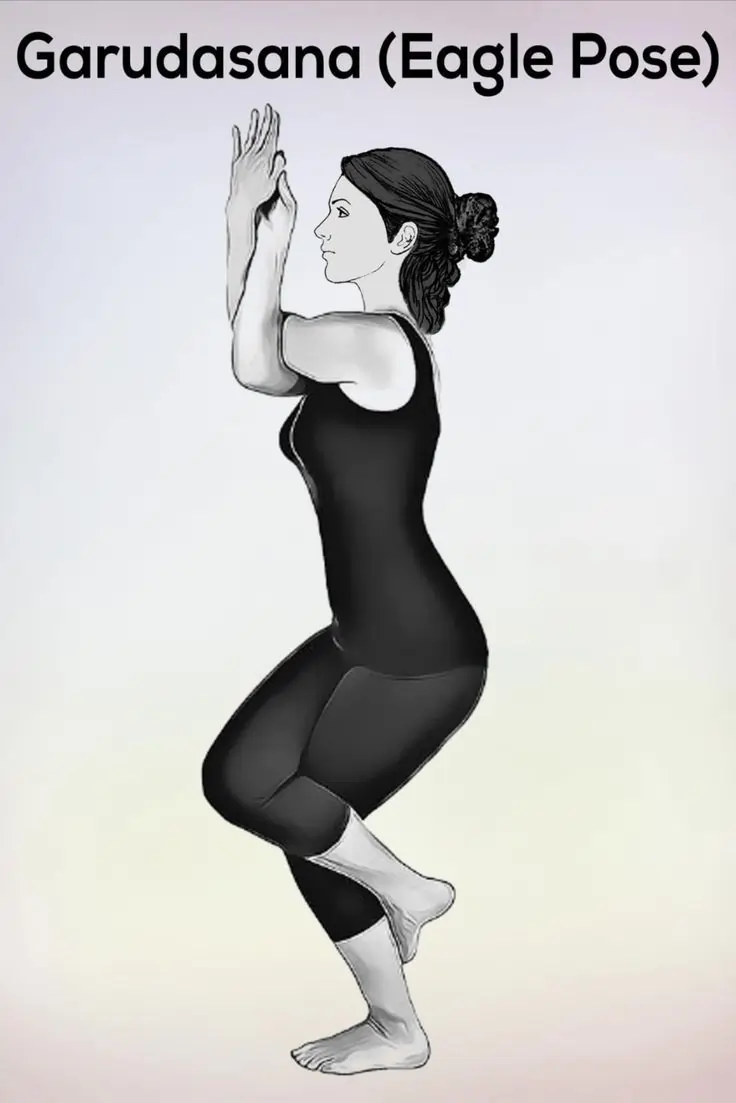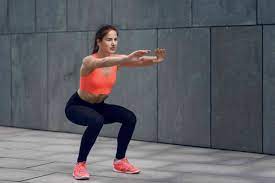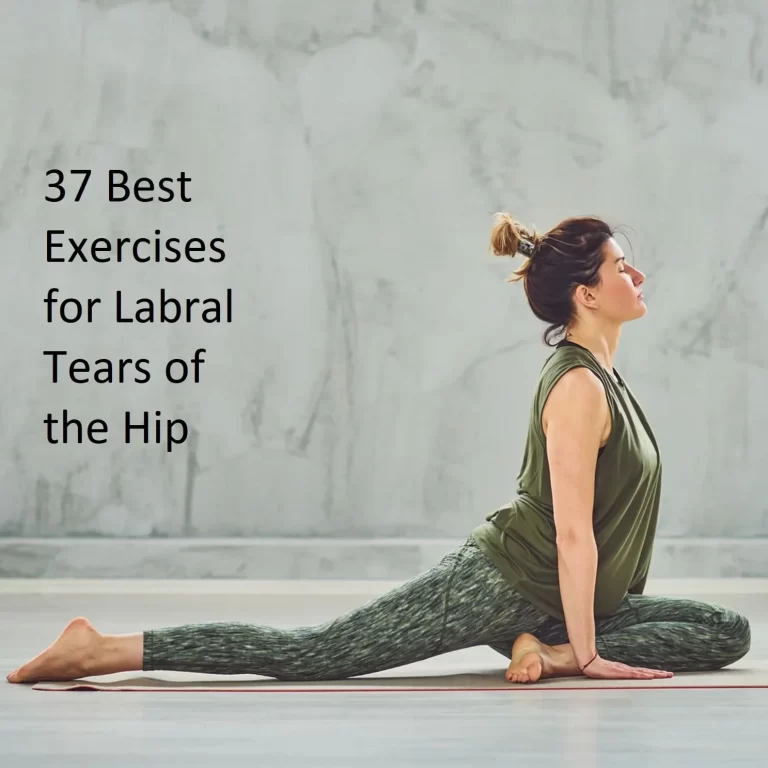Standing Forward Bend (Uttanasana)
Table of Contents
What is Uttanasana (Standing Forward Bend)?
The most popular yoga pose, which usually occurs in many yoga routines, is uttanasana, also referred to as the standing forward bend. Stretching the entire posterior of the body, including the hamstrings, calves, and spine, is made easier with this pose. Additionally, uttanasana relaxes the mind, increases blood circulation, and encourages relaxation.
Uttanasana, a standing forward bend, is believed to be highly beneficial for reducing stress and calming the nervous system. The Surya Namaskar series includes it as a region.
Its name comes from the Sanskrit words asana, a form of “posture,” and utton, which means “powerful stretch.”
In Western yoga, uttanasana is referred to as “standing forward bend.”
How to do Uttanasana (Step by step)?
- Initially, in Tadasana, or mountain posture.
- Breathe as you raise your arms.
- After that, contract your thighs as you release the breath, draw the abdomen in and up deep from the pelvic floor, and bend forward so that it hangs from your hips.
- Touch the ground with your fingertips, place them on the outside of your feet, place them next to your feet, or grasp the back of your ankles.
- Maintaining your hips above your heels, press your heels into the ground.
- Keep your neck loose and let your head hang.
- Finally, when you take a breath, extend your back.
- Gently ease yourself deeper into the posture while you breathe.
Uttanasana Pose Video
Benefits of Uttanasana
- It supports the muscles of the abdomen, front of the thighs, and hip flexors.
- Easing sore hamstrings.
- stretching the bottom of the hips, hamstrings, and calves.
- extending the nerves in the spine.
- relieving the strain on the back of the spine and neck.
- strengthening the rear of the knees, particularly if they are being used.
- lowering hip and spinal stiffness.
- If you focus on the middle, it mostly relieves the kidneys, liver, and spleen.
- It might help you draw in your stomach (at least when you’re exhaling, but you could try to keep this going when you’re breathing and exhaling).
- lowering weariness, sadness, worry, and stress.
- Because the head is lower than the torso, it can calm the brain and soothe an anxious disposition.
- Making digestion better.
- Reducing headaches, sleeplessness, asthma, and menopausal symptoms.
Modifications
Hold your hands on supports to help rest the upper body while providing your hamstrings a softer stretch.
Variations
The hands are arranged differently in many places. Continue to hold onto the backs of your ankles. When the toes touch the wrists, dig the fingers beneath the feet. Grab the front of the ankles with the opposing hands and cross the arms after the legs. After the legs, hold the elbows.
Contraindications of Standing Forward Bend
- Glaucoma
- Recent surgeries
- Osteoporosis
- Scoliosis
- High blood pressure
- Low blood pressure
- degenerative spinal pathologies
- Lower back injuries, neck injuries, including disc and herniation
Conclusion
Try Uttanasana for a powerful sense of space and peace for your body. Along with all the health benefits, it also makes the practitioner self-aware.
The body experiences various sensations each time it is practiced. Uttanasana is therefore recommended for both beginner and seasoned yogis.
FAQs
What is Uttanasana’s history?
Although it isn’t included in the official yoga textbooks, it was initially found and created in Mysore, India, in the 1800s in a Hindu textbook called Shri Tattva Nidhi. The change in hand placement is typically associated with the Padahastasana stance.
What makes Uttanasana significant?
The standing forward turns pose also serves as a reference for uttanasana yoga. In addition to relieving constipation and other digestive disorders, it may help extend the spine and relax tense hamstrings.
What advantages can Uttanasana offer children?
Enhances Physical Power
The knees and spine are supported and strengthened in this yoga pose. It even supports muscles in the legs, such as the hamstrings and calves.
When performing Uttanasana, which muscles are used?
Uttanasana has a lot of wonderful advantages.
It improves the function of the liver, kidneys, and internal organs while stimulating the digestive system, opening the hips and groins, and stretching the hamstrings and calf muscles.
What changes have been made to Uttanasana?
Putting the upper back against the wall and reaching a grasp with the palm around the ankles should work. Lifting a block and positioning it between the insides of the lower thighs will help you build confidence if placing your feet together causes you to lose your balance.
Referances
- Tjpitre, & Tjpitre. (2025, March 24). Standing forward bend. Yoga Journal. https://www.yogajournal.com/poses/standing-forward-bend-2/
- Uttanasana (Intense Stretch pose). (n.d.-b). MyYogaTeacher. https://myyogateacher.com/yoga-asana/uttanasana
- Wikipedia contributors. (2025c, May 5). Uttanasana. Wikipedia. https://en.wikipedia.org/wiki/Uttanasana
- Finserv, B. (2024, October 4). Health benefits of Uttanasana. www.bajajfinserv.in. https://www.bajajfinserv.in/insurance/health-benefits-of-uttanasana
- Admin. (2021, May 17). Uttanasana (Standing Forward Bend) : How to do It, Benefits, Step by Step Instruction, Precautions and Safety. Learn Yoga, Asanas & Meditation. https://www.vinyasayogaashram.com/blog/uttanasana-standing-forward-bend-how-to-do-it-benefits-step-by-step-instruction-precautions-and-safety/
